Hydrogen Peroxide 30% (100 Vols) (General Use)
$92.15
How is Hydrogen Peroxide Made?
One of the first methods to produce hydrogen peroxide involved hydrolysis of ammonium peroxydisulphate prepared by electrolysis of ammonium bisulphate in the presence of sulphuric acid.
This process has been replaced by the more efficient anthraquinone process patented in 1939. The manufacture of hydrogen peroxide starts with the reduction of anthaquinone to its corresponding anthrahydroquinone via hydrogenation in the presence of a palladium catalyst. This reaction is followed by autoxidation of anthrahydroquinone, which regenerates anthraquinone once again, but crucially hydrogen peroxide is formed as a by-product.
In practical terms, these oxidation reactions are conducted in the presence of bubbling compressed air in a solution of anthracene, and the oxygen present in the air is able to react with the hydrogen atoms in the ahydroxy group producing hydrogen peroxide and reforming anthraquinone at the same time. At this stage, hydrogen peroxide is removed, the anthraquinone is reduced back to anthracene and the cycle can start again. The most expensive step in this process is the regeneration of quinone, which needs to be done using hydrogen gas and a metal catalyst.
Researchers have long attempted to develop a method to produce hydrogen peroxide directly from hydrogen and oxygen. However, this has proved extremely difficult as thermodynamics always favour the production of water instead. Some methods are in development, but none has achieved industrial-scale use.
Fast Delivery
We pride ourselves of our fast delivery service and most of our products are shipped within 24 hours after purchase. If you need assistance with any of our products, a member of our friendly customer team will be glad to help before, during and after your order to ensure our products meet your expectations.
How is Hydrogen Peroxide Made?
One of the first methods to produce hydrogen peroxide involved hydrolysis of ammonium peroxydisulphate prepared by electrolysis of ammonium bisulphate in the presence of sulphuric acid.
This process has been replaced by the more efficient anthraquinone process patented in 1939. The manufacture of hydrogen peroxide starts with the reduction of anthaquinone to its corresponding anthrahydroquinone via hydrogenation in the presence of a palladium catalyst. This reaction is followed by autoxidation of anthrahydroquinone, which regenerates anthraquinone once again, but crucially hydrogen peroxide is formed as a by-product.
In practical terms, these oxidation reactions are conducted in the presence of bubbling compressed air in a solution of anthracene, and the oxygen present in the air is able to react with the hydrogen atoms in the ahydroxy group producing hydrogen peroxide and reforming anthraquinone at the same time. At this stage, hydrogen peroxide is removed, the anthraquinone is reduced back to anthracene and the cycle can start again. The most expensive step in this process is the regeneration of quinone, which needs to be done using hydrogen gas and a metal catalyst.
Researchers have long attempted to develop a method to produce hydrogen peroxide directly from hydrogen and oxygen. However, this has proved extremely difficult as thermodynamics always favour the production of water instead. Some methods are in development, but none has achieved industrial-scale use.
Fast Delivery
We pride ourselves of our fast delivery service and most of our products are shipped within 24 hours after purchase. If you need assistance with any of our products, a member of our friendly customer team will be glad to help before, during and after your order to ensure our products meet your expectations.

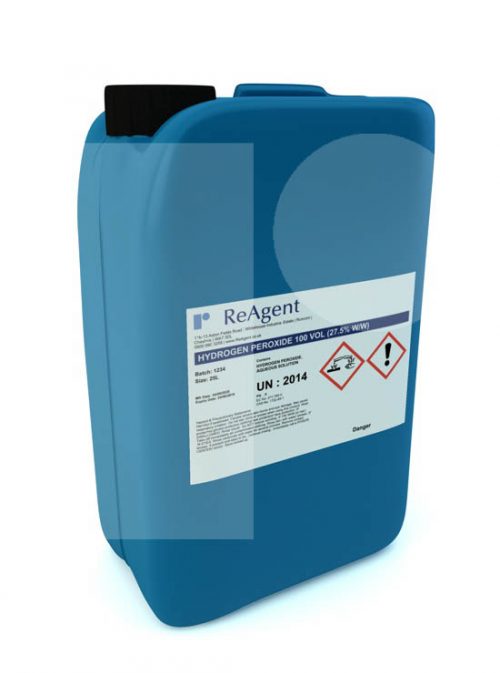
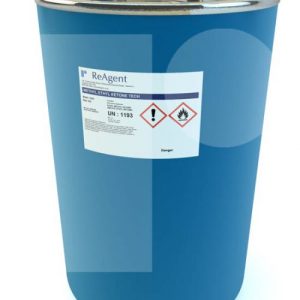
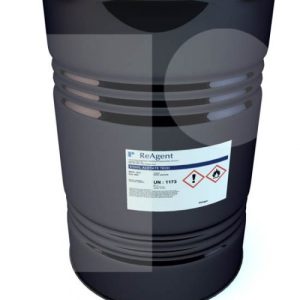
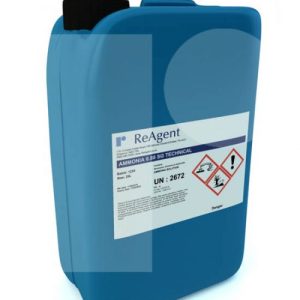
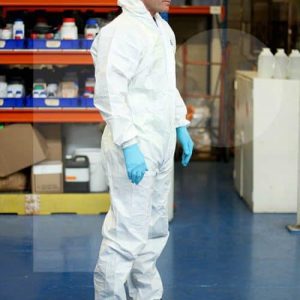
There are no reviews yet.